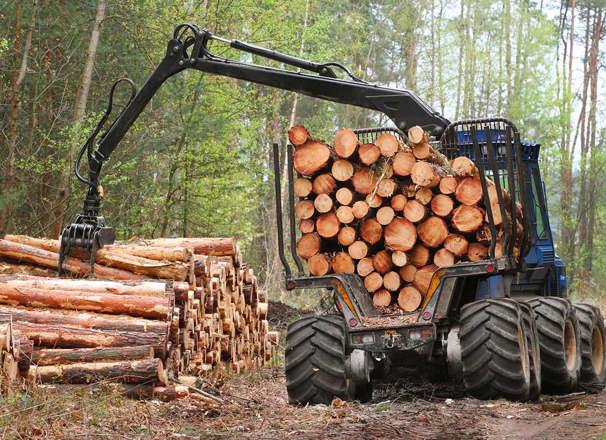Landscape architects plan and design a wide range of settings. They may design:
- Conservation areas
- Public parks under municipal, regional, provincial, or national jurisdiction
- Recreational areas such as sports fields, playgrounds, and golf courses
- Residential greenspace developments and redevelopments
- Shared interior or exterior spaces in master-planned communities
- Private gardens, estates, and cemeteries
- Grounds for hospitals, schools, airports, and other public facilities
- Private health and institutional sites
- Rooftop and elevated terrace landscapes
- Interior landscapes for open spaces in shopping malls and large office buildings
- Retail and commercial areas, as well as industrial and business parks
- Stormwater management facilities
- Streetscapes, public plazas, and scenic parkways (motorways)
Landscape architects may take part in programming for park and public projects and tourist developments. Or they may work on sites related to residential, recreational, or institutional projects. They also may:
- Conduct public consultations
- Develop conceptual designs and prepare renderings
- Advise on cost estimates per phase of development
- Manage specific regional areas, where they may plan forests, parks, and recreational areas
- Monitor the development of natural agricultural lands
- Oversee the restoration or reclamation of gravel pits, mining areas, or landfills
- Supervise the conservation of environmentally sensitive areas
- Prepare environmental assessments
- Assess aesthetic and quality-of-life parameters
- Provide landscape inventories, describe analysis processes, and develop programs
Landscape architects incorporate elements from the building industry and the surrounding natural environment into their designs. A successful project contributes to the beauty of the environment and preserves the natural ecology of an area. It reduces the environmental impact of urban, industrial, recreational, and other developments.
Landscape architects often work as part of a team with:
- Architects
- Urban planners
- Consulting engineers
- Building contractors
- Scientists, especially when conservation or reclamation is involved
- Ecologists
In general, they:
- Act as project managers for other design consultants
- Meet with private clients, local or regional governments, and sometimes the general public to determine needs, preferences, feasibility, and costs for projects
- Prepare site plans, reports, and cost estimates
- Perform inspections onsite
- Observe and map drainage patterns, grade and direction of land slopes, soil structure and stability, and existing structures, vegetation, and landforms
- Develop site plans that address social, cultural, economic, environmental, and artistic concerns
- Prepare physical form drawings, reports, and cost estimates and present them to clients for review and approval
- Develop final detailed plans and materials lists
- Prepare contract documents and review tenders
- Inspect the construction of their designs
Landscape architects most often work on several projects at once. Each may be at a different stage of development and require a different level of involvement.



